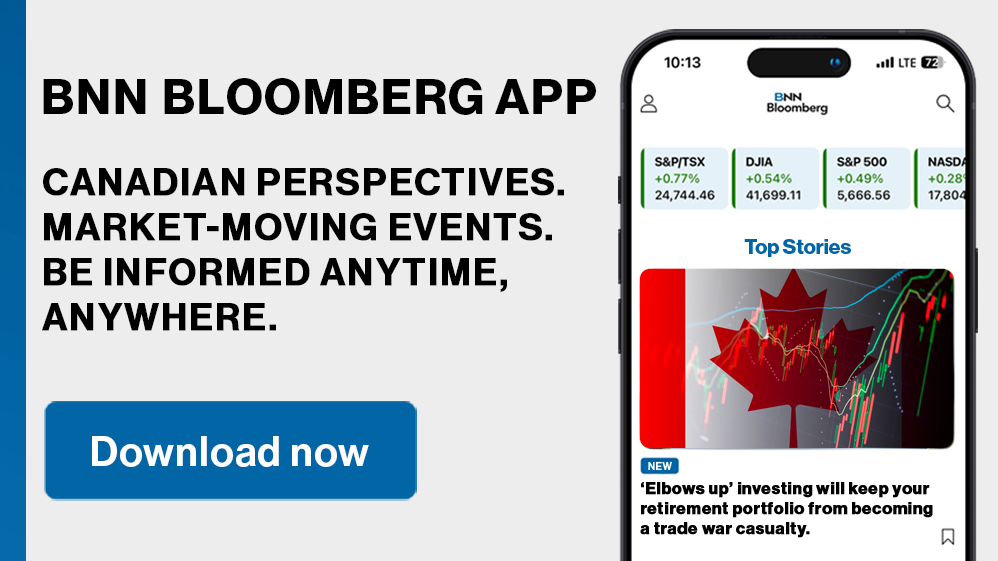(Bloomberg) -- For the first time in years, Brent crude’s bullish market structure has all but disappeared.
The global oil benchmark’s nearest contract is now trading just a few cents higher than supplies for 2031. A year ago, the price difference — between what traders call the front and back of the oil futures curve — was more than $20 a barrel.
The decline is due in part to an expected glut in the market next year, but also a shift in trading dynamics, amplifying a slump that has pushed oil to its lowest price since 2021. The first two years of Brent’s curve have been in a bullish structure — where traders are willing to pay more for oil in the near-term than at a later date — since late 2020.
The Organization of Petroleum Exporting Countries and its allies last week were forced to postpone a planned output hike due to a shaky demand outlook in China and the US, the world’s biggest oil consumers, and soaring production growth outside of the producer group. The move means there’s a big supply buffer for global markets.
Meanwhile speculators, led by algorithm-driven traders, have taken the least bullish stance on oil in records going back more than a decade. In later months, there’s been buying from major consumer businesses like airlines. Those twin factors are helping to reshape oil prices.
“I think the move lower in the curve is reflective of growing spare capacity,” said Rebecca Babin, senior energy trader at CIBC Private Wealth. “As OPEC delays bringing back production, spare capacity increases, as well as fears that 2025 will be a year of surplus.”
Major oil consumers pounced on last week’s price drop to snap up bumper volumes of contracts for next year. They generally buy oil derivatives to offset the higher cost of fuel bills when prices rise. Those moves help slow declines in longer-dated oil prices when crude falls — effectively flattening the futures curve.
A flatter curve matters for several reasons. Companies consider the long-term outlook for prices when planning projects and capital spending over multiple years. The difference between short-term and long-term prices also dictates whether traders want to keep barrels in storage tanks to sell later, or trade them today at a premium.
Despite the broadly weak outlook, there are still pockets of strength. The nearest contracts are still in a bullish structure, showing steep premiums to later-dated contracts. That indicates tight supplies, particularly in the US, where inventories have been steadily declining in recent weeks.
Physical crude prices — those for barrels in the real world — have held up in the face of the recent rout in the futures market, according to Sparta Commodities.
Trading Strategies
Traders also warn that a bounce led by funds known as commodity trading advisers may be on the horizon, especially if equities rally and as geopolitical risks and supply threats from extreme weather persist. CTAs — which follow trends and often amplify price swings — have increased their presence in recent years, making it more difficult for traders physical exposure to navigate the market.
“The weakness is at the back of the market,” said Gary Ross a veteran oil consultant turned hedge fund manager at Black Gold Investors LLC. “The industry is bearish 2025. The financials drive the flat price and are hugely short by historical standards — they are clearly pricing in a very poor economic outlook.”
The scale of bearish speculative pressure has been enormous in recent weeks. Money managers have never had fewer net-long positions in the main crude oil and refined products contracts since Intercontinental Exchange Inc. began publishing data in 2011.
But companies who are natural buyers — like airlines and other transport businesses — have also been busy, as indicated by trading volumes along the futures curve. Activity on June Brent for next year has increased unusually quickly so far this month. Volumes for December next year have also spiked.
“We have in fact seen good activity from oil consumers looking to hedge,” said Arne Lohmann Rasmussen, an analyst at A/S Global Risk Management. “It seems they see a price in the low $70s as attractive for 4Q and 2025.”
--With assistance from Sherry Su.
©2024 Bloomberg L.P.













